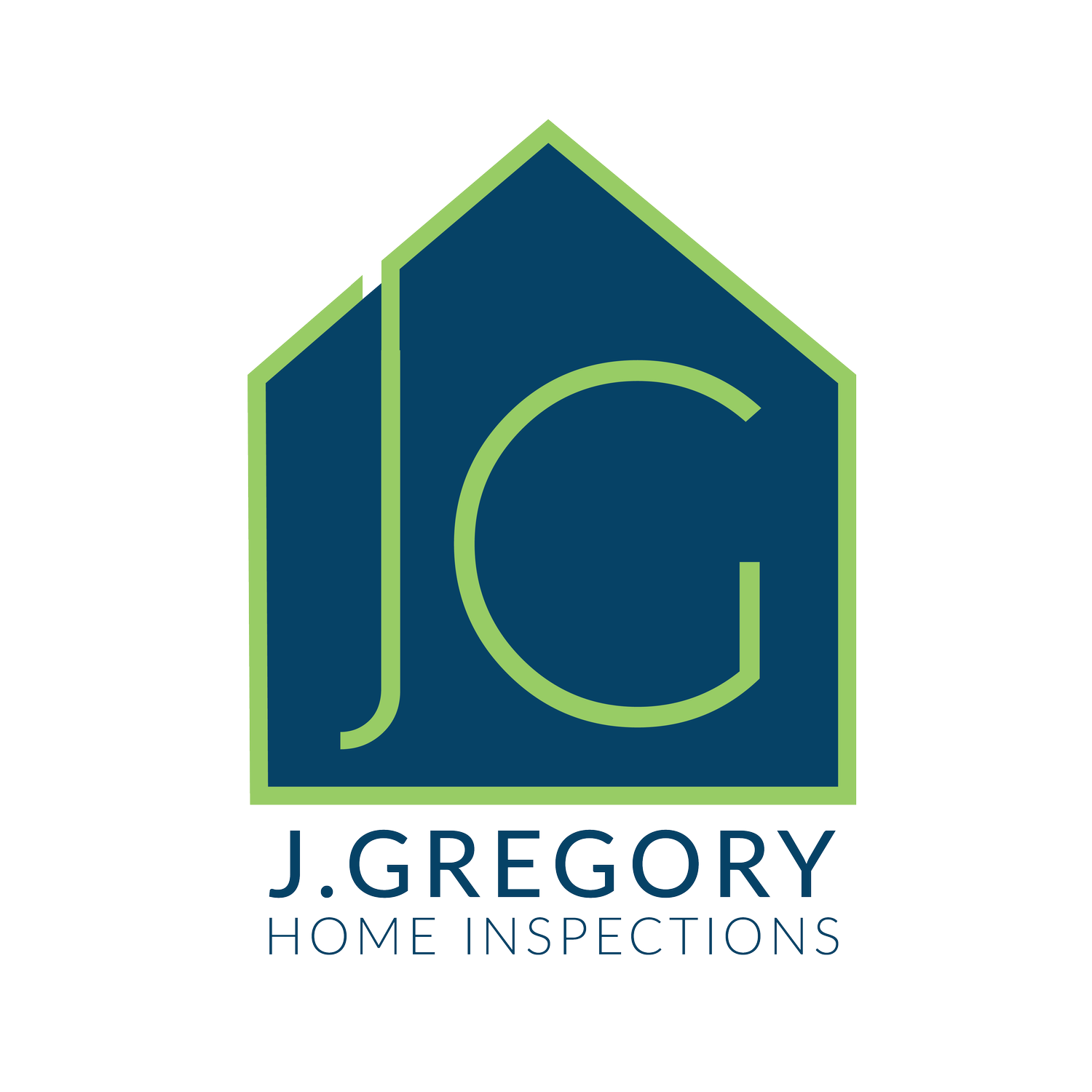Uncovering Hidden Dangers: Common Problems Found During Crawlspace Home Inspections
A confined, often overlooked area that provides access to plumbing, wiring, and structural supports. While it's essential for maintenance, this space can harbor serious issues that threaten your home's integrity, air quality, and even your health. A professional crawlspace inspection, typically part of a comprehensive home inspection, shines a light on these hidden threats before they escalate into costly repairs or safety hazards. According to experts, problems like moisture buildup and pest infestations are among the most frequently discovered culprits. In this article, we'll explore the most common issues unearthed during these inspections and why addressing them promptly is crucial.
1. Excessive Moisture and Water Intrusion
Moisture is the arch-nemesis of any crawlspace, often stemming from poor drainage, high groundwater levels, or inadequate vapor barriers on the dirt floor. During inspections, inspectors frequently spot standing water, damp soil, or condensation on pipes and walls—signs of hydrostatic pressure that pushes water against foundation walls, potentially causing bowing or cracking. This issue isn't just unsightly; it weakens wooden supports through rot and fosters an environment ripe for further problems like mold. Why it's a concern: Unchecked moisture can lead to foundation shifts, sagging floors, and skyrocketing energy bills as humid air seeps into living spaces. In one checklist for homeowners, improper grading around the home was highlighted as a primary culprit, allowing rainwater to pool near the foundation. Homeowners in humid climates or flood-prone areas are especially vulnerable, with inspections revealing that up to 60% of crawlspace issues trace back to water-related causes.
2. Mold and Mildew Growth
Where there's moisture, mold often follows. Inspectors report finding black, green, or white patches on joists, insulation, and masonry walls, accompanied by a telltale musty odor that permeates the entire home. This fungal invader thrives in the dark, damp conditions of crawlspaces, especially when ventilation is poor or leaks go unrepaired. Why it's a concern: Beyond structural damage—where mold eats away at wood and drywall—exposure to spores can trigger respiratory issues, allergies, and asthma exacerbations in occupants. A single inspection might uncover widespread growth that has already migrated upward, turning a minor nuisance into a health crisis. Early detection via visual checks and humidity readings (anything over 60% is a red flag) is key to remediation.
3. Pest Infestations
Crawlspaces are pest paradises, drawing in termites, carpenter ants, rodents, and even snakes through tiny foundation cracks or unsealed vents. Inspectors often discover droppings, chewed wiring, or mud tubes signaling termite activity, with moisture exacerbating the attraction by softening wood for easy feasting. Why it's a concern: These uninvited guests don't just nibble—they compromise electrical systems (risking fires), spread diseases, and accelerate wood rot, leading to structural failures. In severe cases, an infestation can devalue a property by thousands, as seen in real estate reports where buyers walk away after inspections reveal active termite colonies.
4. Structural Instability and Foundation
Cracks From sagging floor joists to hairline cracks wider than 1/8 inch in concrete walls, structural woes are a staple of crawlspace findings. Causes range from soil settlement and invasive tree roots pushing against footings to prolonged exposure to damp conditions that rust metal supports or rot timber beams. Inspectors use tools like levels and moisture meters to gauge these risks, often uncovering issues invisible from above. Why it's a concern: What starts as a subtle dip in your kitchen floor can evolve into full-blown foundation failure, costing tens of thousands to fix. Poor construction or age-related wear amplifies the problem, with one analysis noting that wood rot from moisture is a leading precursor to instability. Tree roots, in particular, can destabilize soil, creating uneven settling that stresses the entire home.
5. Radon Gas Infiltration
Less visible but equally insidious, radon—a colorless, odorless radioactive gas from uranium decay in soil—seeps into crawlspaces through open vents or porous foundations. Tests during inspections, using short-term kits, often reveal elevated levels in homes with unencapsulated spaces. Why it's a concern: As the second-leading cause of lung cancer in the U.S., radon poses a silent threat, accumulating in lower-level rooms over time. No safe exposure level exists, making it a priority for families, especially in radon-prone regions like the Midwest and Northeast.
6. Poor Ventilation, Insulation, and Air Quality Issues
Inadequate venting allows stale, humid air to stagnate, while degraded insulation—soggy from leaks or gnawed by pests—loses its thermal barrier. Inspectors frequently note gaps in vent covers or fiberglass batting hanging loose, contributing to uneven temperatures and poor indoor air quality as contaminants like dust and allergens rise into living areas. Why it's a concern: This cocktail of issues hikes utility costs, promotes uneven humidity upstairs, and exacerbates health problems like unexplained fatigue or allergies. Encapsulating the space with a vapor barrier can mitigate these, but only after an inspection identifies the root causes.
The Bottom Line:
Don't Ignore the Crawl Crawlspace inspections might require donning a mask and headlamp, but the insights they provide are invaluable for protecting your investment and well-being. Many of these problems interconnect—moisture begets mold, which invites pests, which weaken structures—creating a domino effect that's far cheaper to halt early. If you're buying, selling, or simply maintaining a home, schedule a professional inspection annually, especially after heavy rains or in older properties. By addressing these hidden hazards head-on, you can ensure your home remains a safe haven above and below ground.


